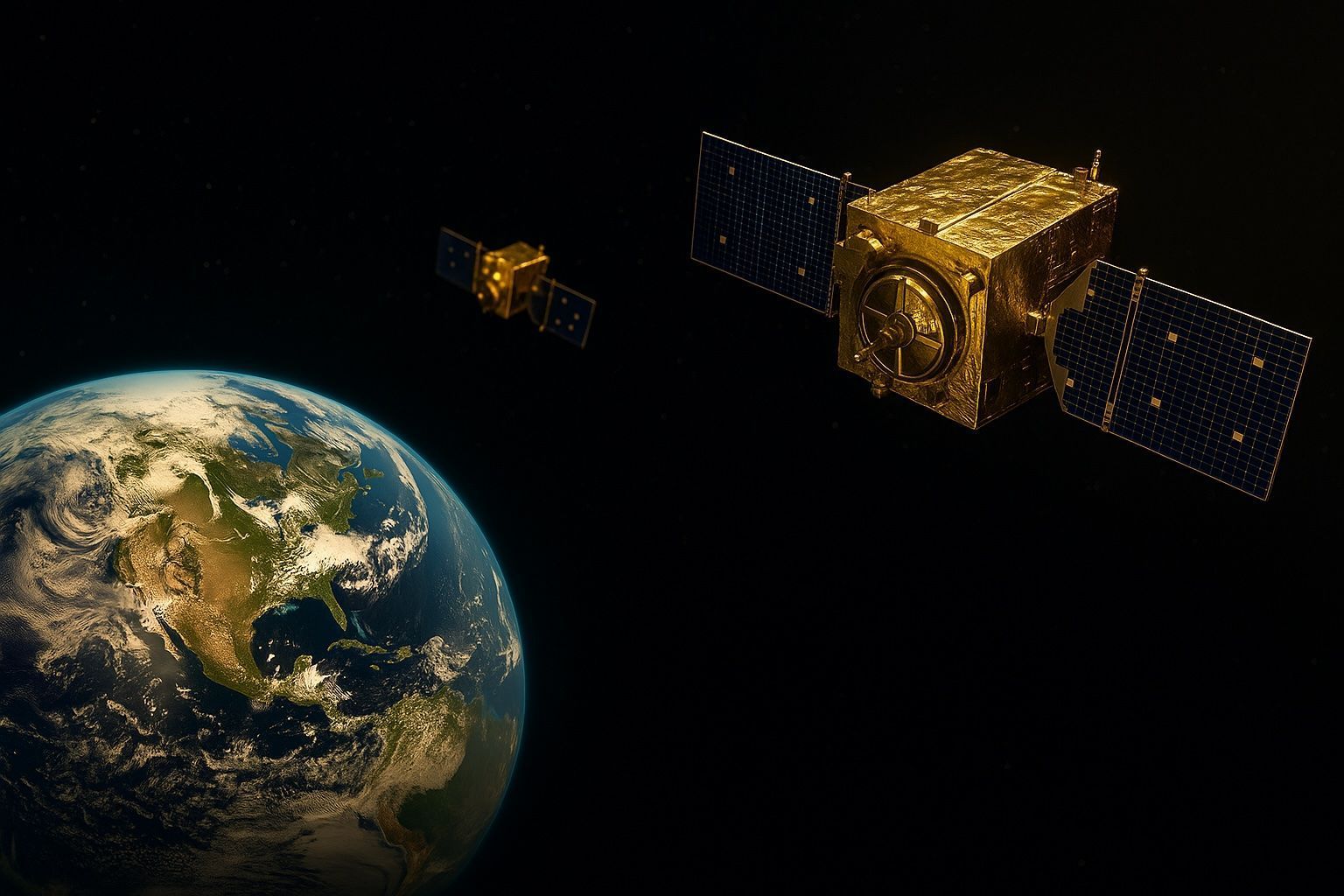
Hypersonic Race Heats Up: US Preps ‘Blackbeard’ Missile for Mobile Launchers
Pentagon Backs New Hypersonic Strike Weapon In a major move for U.S. long-range firepower, California-based startup Castelion announced it won “multiple awards” to integrate its Blackbeard hypersonic missile with U.S. Army and Navy systems breakingdefense.com. The contracts, revealed on Oct.

